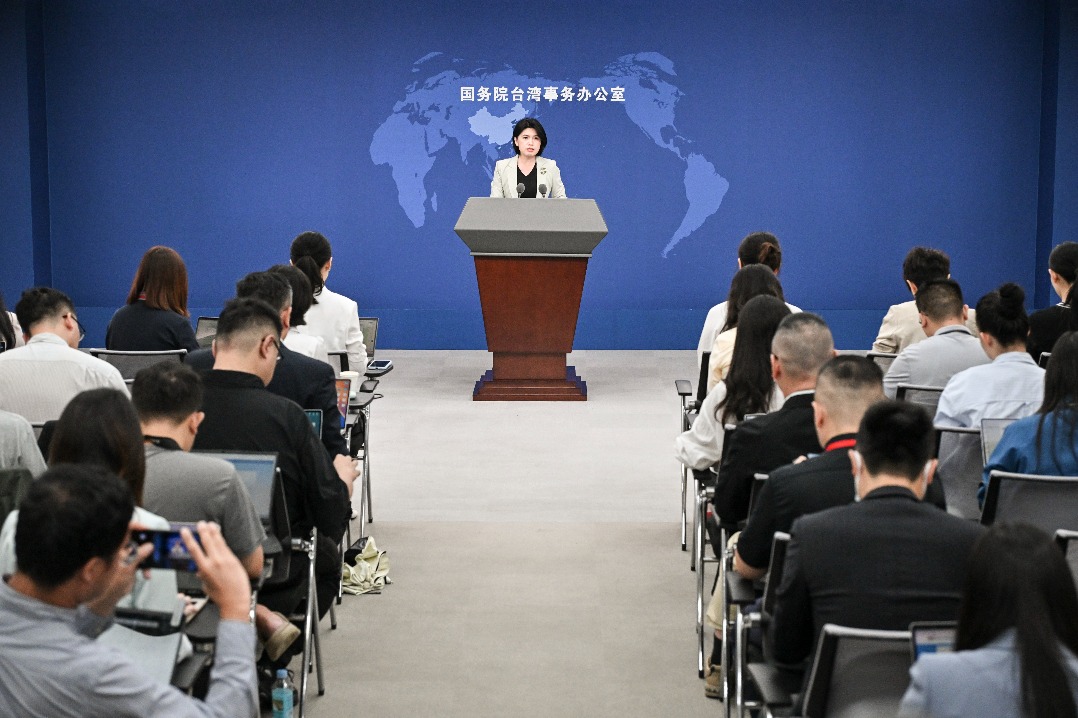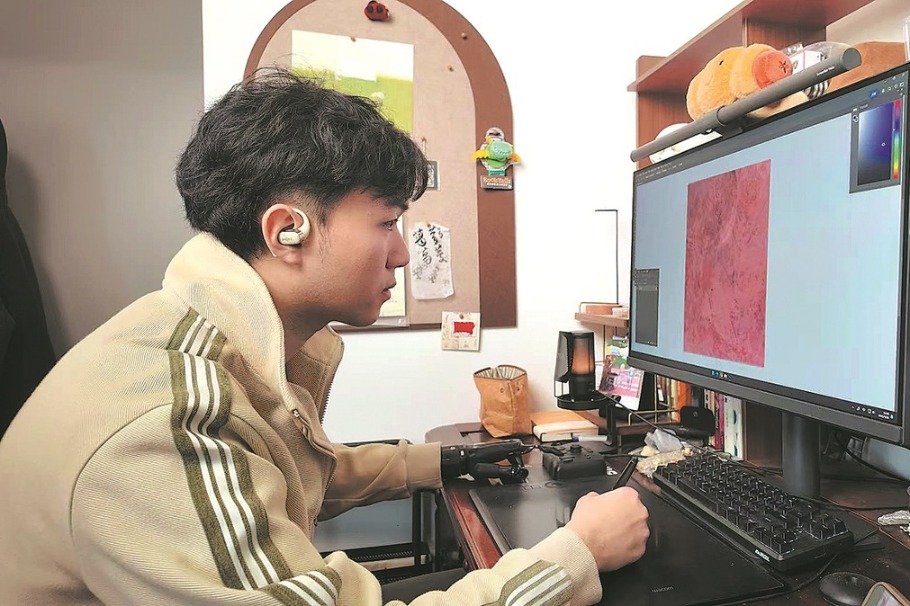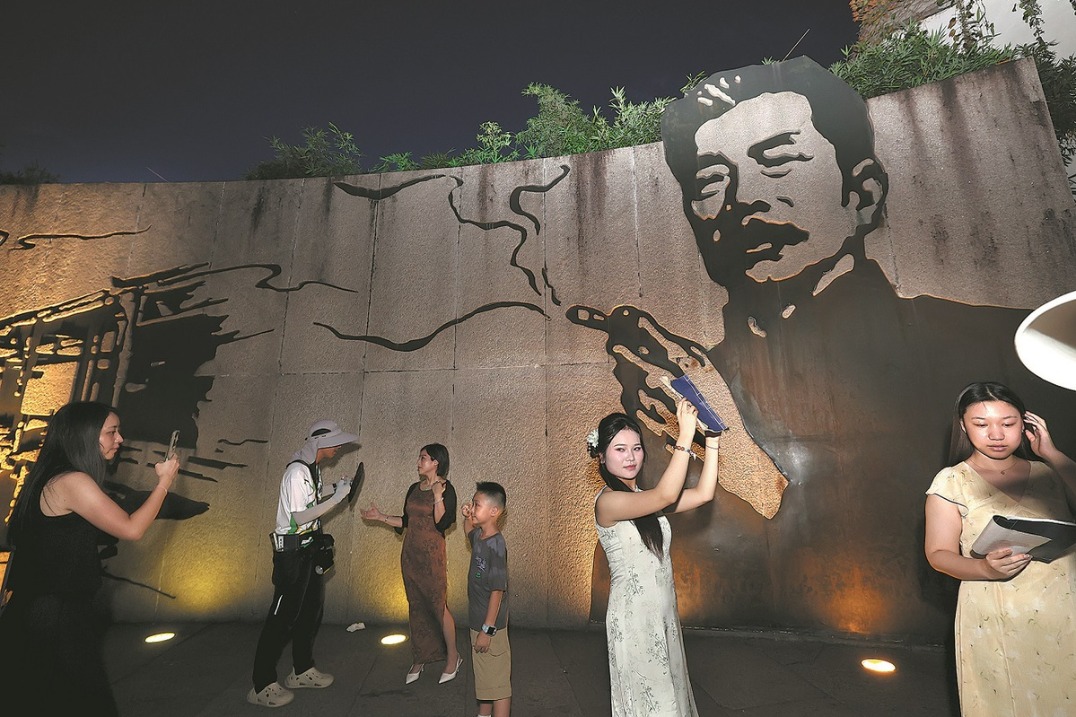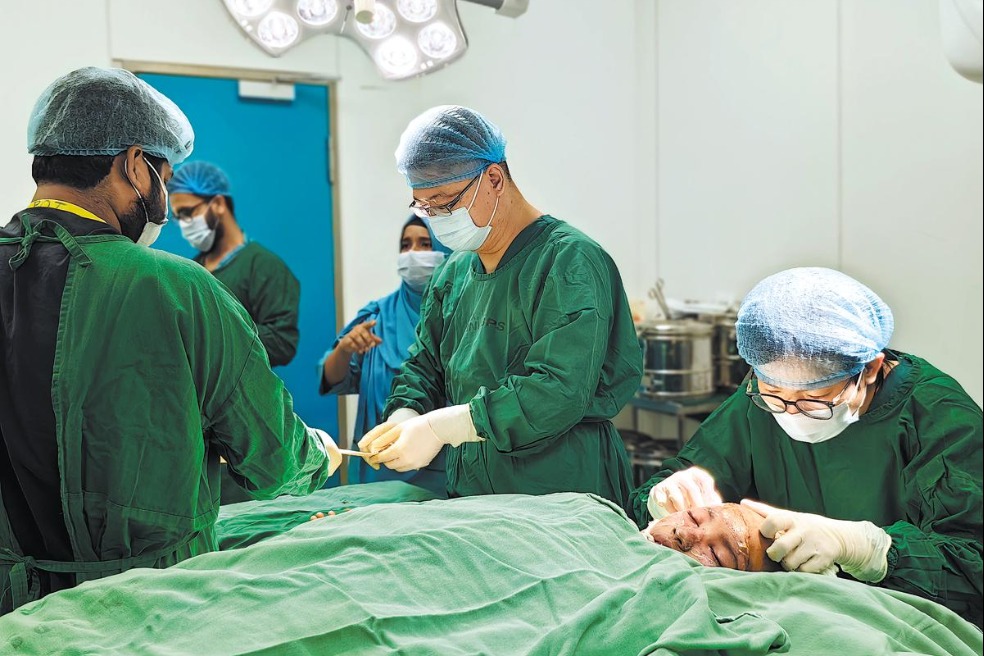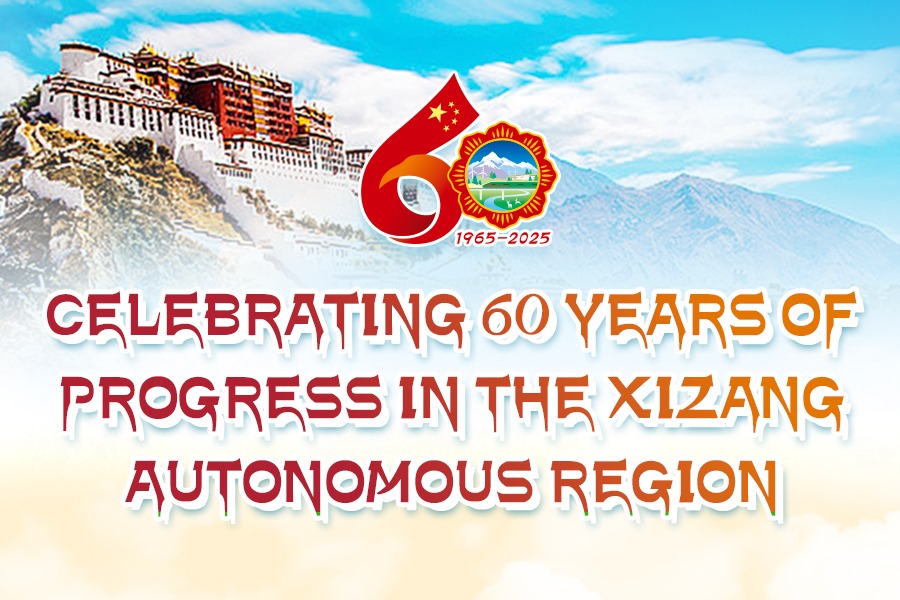Capital of culture, Beijing museums seeing boom

Wearing a yellow vest and with a micro-loudspeaker around her ear, Liu Yufei is working as a voluntary docent at Beijing's National Natural History Museum of China.
Although she is only 17 years old, she has more than 10 years of experience at the job. Now a high school student, she balances her school work with volunteering and said that the increasing number of visitors from across the country makes her feel the capital's museums are becoming increasingly popular.
The National Natural History Museum of China works with schools, communities and online platforms, and plans are in place to open a new museum to the south of Beijing's Central Axis to meet growing visitor demand. Since it opened in 2014, its mobile vehicles have visited primary and secondary schools in 12 provinces, regions and cities across the country, running research and education activities for more than 200,000 students.
The museum epitomizes Beijing's efforts to accelerate its transformation into a "city of museums", in the process promoting the integration of museums and cities and creating a microcosm in which museums can be brought to life.
Apart from its larger, more famous museums, Beijing is also home to many small and medium-sized ones. The Shijia Hutong Museum, which is located in a hutong in downtown Dongcheng district, is one.
As Beijing's first public hutong museum, the Shijia Hutong Museum is dedicated to hutong culture and to enriching the intellectual lives of city residents. The site evolves with time and presents a living history of the hutong.
Since the museum's completion in 2013, it has collected furniture, photos and other old objects from hutong residents, invited artists to record the sounds of life in hutong and created a permanent exhibition of collective memories.
The rooms to the right of the entrance have been turned into a community meeting hall, a meeting room and an event hall, which not only showcase community culture, but are also used for activities.
More and more museological functions have been integrated into Beijing's urban development. Many historic and cultural districts, empty cultural and industrial heritage buildings, idle factories and other spaces have undergone transformations to retain their historical and cultural roots. In Shougang Park in western Beijing, industrial heritage such as silos have been transformed into museums and art galleries.
"Museums are an important force for inspiring better lives, promoting social well-being and building a sustainable future," said Bai Chong, director of the museum division of the Beijing Municipal Cultural Heritage Bureau.
According to data from the bureau, there were 215 museums at the end of last year, which together received around 50 million visitors. It is the largest concentration of museums in the country, and the goal of "building a city of museums" has been written into the capital's 14th Five-Year Plan (2021-25).
Xinhua
Today's Top News
- Tajikistan looks to China for deeper ties
- High-tech manufacturing lifts industrial profits
- Avenue blooms with flowers to mark victory
- Mainland slams DPP for distorting WWII history
- Northeast Asia trade in focus at Jilin expo
- Organic agriculture forum unites global experts in Datong
















